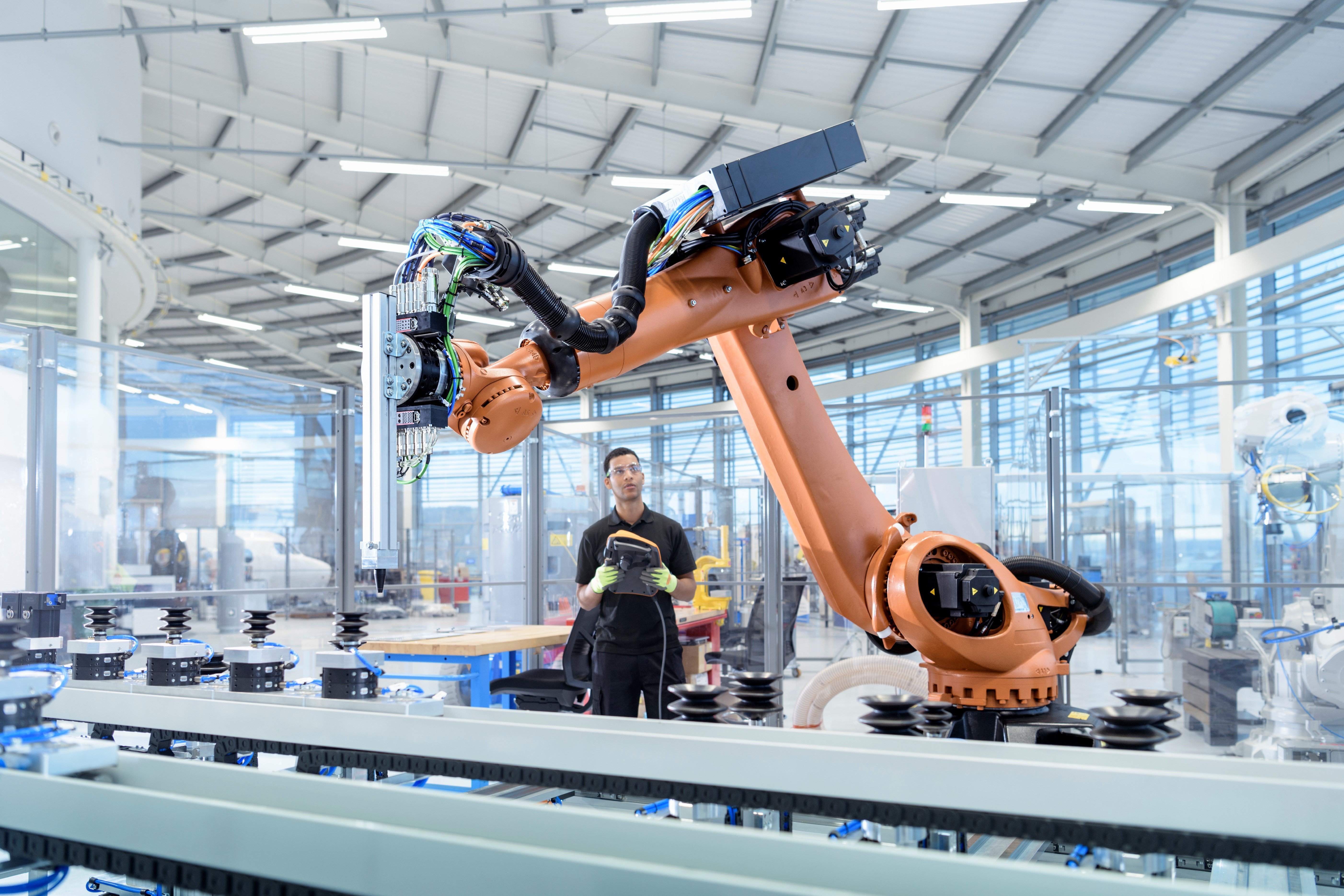Restaurant Robotics Must Be Scalable
The most common use case for automation and robotics is in a factory. QSRs are learning more and more that their kitchens are small factories which produce meals. From this perspective, pulling robotics from the factory into the kitchen seems like a natural move. When it comes to restaurant robotics there is at least one important distinction between how QSRs operate, and how a manufacturer operates.
Manufacturers typically have only one location. Some of the largest might have a few locations. A QSR that can invest in restaurant robotics will have hundreds, thousands, or even tens of thousands of locations.
This is important to understand because most of the businesses selling automation and robotic hardware have always sold to factories. In an environment where only one installation is needed, the objective is to minimize up front non-recurring engineering expense. This is because there will be only one installed system to spread this expense over. The result is that components used in factory automation have been designed and optimized for the easiest possible custom development and installation. This sounds great for restaurant robotics, right?
Unfortunately, these components come at a substantial cost. For one thing automation components are usually designed for a variety of functions and are loaded with capabilities. Again, very nice when only one system is being developed, but costly when you pay for features that will never be used in thousands of restaurant robotics units.
For Factory Robotics: Pay slightly higher component costs to save big on upfront one-time engineering expense.
For QSR Kitchen Robotics: Invest in engineering up front to design systems with significantly lower material costs for large scale deployment.
The Lesson on Scalability of Restaurant Robotics:
A QSR will compare a new piece of equipment with restaurant robotics to the equipment it is replacing. While most will except a reasonable price hike, there is a limit. Even if the perfect solution with restaurant robotics is developed, if it is too expensive for national deployment, the project is dead in the water.
Restaurant Robotics Should Not Be Designed to Do a Human Task
While this article is about restaurant robotics, a car wash makes a nice example since we are mostly familiar with both handwashing and drive-thru carwashes.
First, let us imagine washing a car. Break out the garden hose, the sponges, and brushes. Don’t forget the soap and wax!
If a car wash was automated to perform human tasks this is what it would look like:
One robot arm with a hand-like end effector would hang from the ceiling of a stall large enough for a car. At first the robot arm would pick up the hose to pre-rinse the car. Then it would set the hose down to pick up the soap bottle. It would squirt the soap onto the sponge. Then it would pick up the sponge and begin washing the car. Just like you would!
There is no need to describe the entire “robot car wash.” There are no car washes like this, and it is obvious why. The car wash in my neighborhood takes about two minutes. Last time I washed a car on my own it took about 30 minutes. A robot will not do this job any faster. At ten to fifteen dollars per wash, good luck to any carwash who can only wash two cars per hour.
Nonetheless “robotics” and automation are very much present in today’s carwashes. But generally, the car moves on a track. There’s no single garden hose but rather 50 water nozzles which can spray down a car in a single pass. Soap is applied through yet more nozzles in a single pass. High pressure jets and massive mop heads clean all the grit and soap away.
This seems obvious when it comes to a carwash, but we often miss the point when it comes to restaurant robotics. In another article about kitchen robotics we discuss the Café X robot. Café X is a business which operates coffee kiosks. These are small coffee shops with a robot arm for a barista. It’s fun to watch, but a Franke A1000 can produce the exact same product without a robot arm. It is faster, and more reliable, and likely less expensive to operate.
The Lesson on Human Tasks and Restaurant Robotics:
Using restaurant robotics to replace a human task move-for-move will not increase throughput. It may not even increase reliability. To gain the most value from robotics, tasks should be optimized for machines, just like 50 spray nozzles in the car wash in stead of one sprayer on a robot arm.
Restaurant Robotics Will Require Support Equipment
Miso Robotics’ Flippy has been a wonderful example of kitchen robotics success at Caliburger and more recently at White Castle. In videos and pictures on the web, Flippy is shown flipping burgers on the grill at Calibuger. The same robot is shown at White Castle dunking fries and onion rings in deep fryers. Then it pulls them out when they are complete.
How did the burgers get to the grill?
How did the fry baskets get filled with fries and onion rings?
A person places each of the burger patties on the grill at Caliburger.
Does that task defeat the purpose of restaurant robotics?
What support equipment is needed?
An automatic Burger dispenser!
Miso has headed in this direction with their installations at White Castle. The restaurant robotics setup works in tandem with an automatic fry freezer dispenser.
Let us dig in a bit deeper here. An organization may spend months or years and hundreds of thousands or millions of dollars to develop a kitchen robotics system. In the end the grill cook has now moved from flipping burgers on the grill to loading and unloading the grill.
Did this free them up to perform other tasks?
Are more burgers getting cooked per unit time?
Without a “dispenser” as part of the kitchen robotics system, the answer is probably no. This means that a second system (in this example a burger dispenser) which may be as complex as the primary system (a robot which can flip burgers) must also be developed to give a QSR any real gains. Once the two, or possibly even more systems have been developed they also must be coordinated to “speak” to one another so they can work in harmony.
The Lesson on Support Equipment for Restaurant Robotics:
To gain the maximum value from restaurant robotics it is likely that some upstream and downstream support equipment will also need to be developed.
A Summary on Restaurant Robotics
Developing a robot to perform a task does not necessarily “solve the problem.” Restaurant robotics must be developed for cost effective national deployment. They need to increase throughput by operating as machines, not as humans. Restaurant robotics are usually part of a system. A standalone machine usually gains very little for the cost of development. Consider these factors, and a restaurant robotics system has a chance at a large-scale rollout. Missing these lessons will surely land a restaurant robotics program in the proverbial purgatory of unfinished projects.



